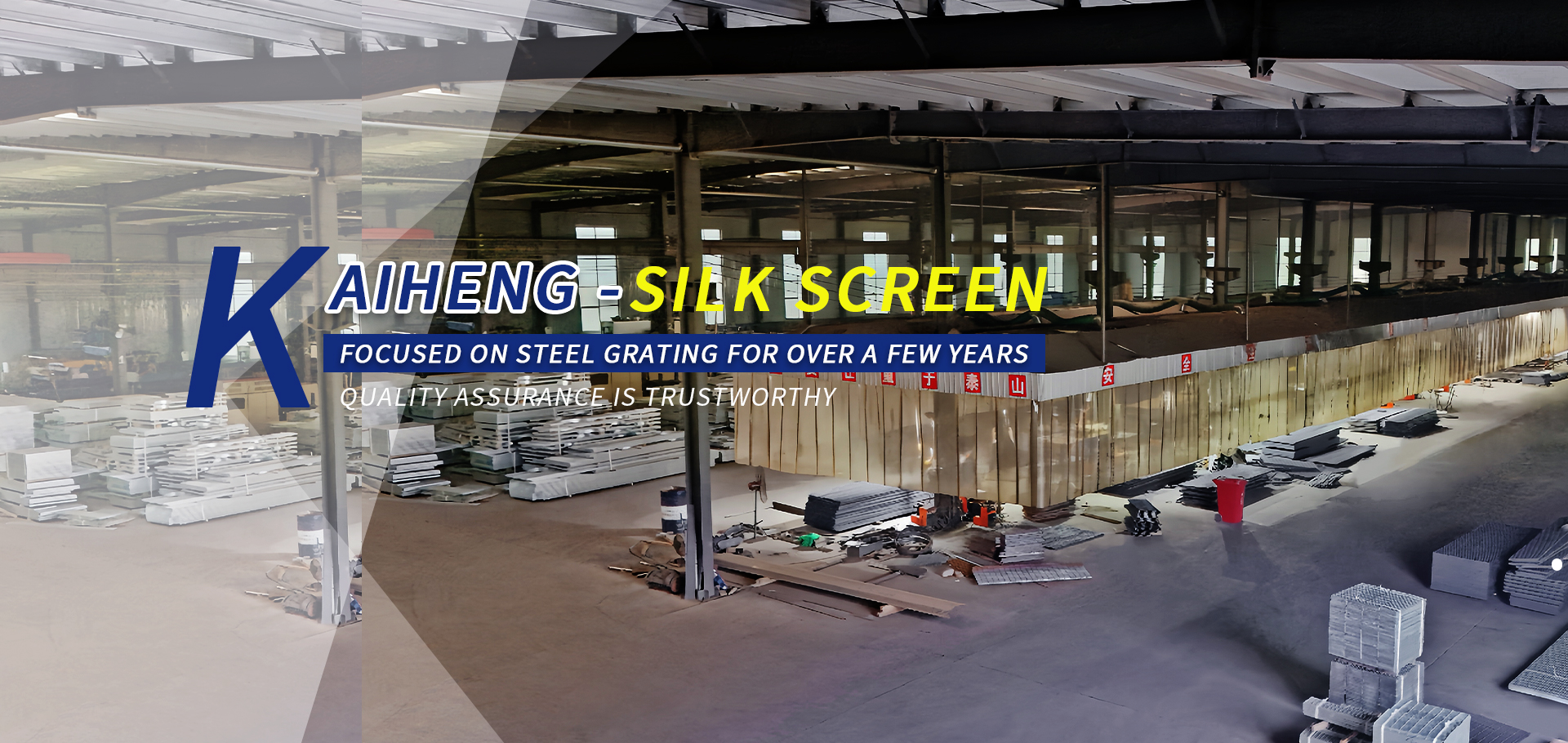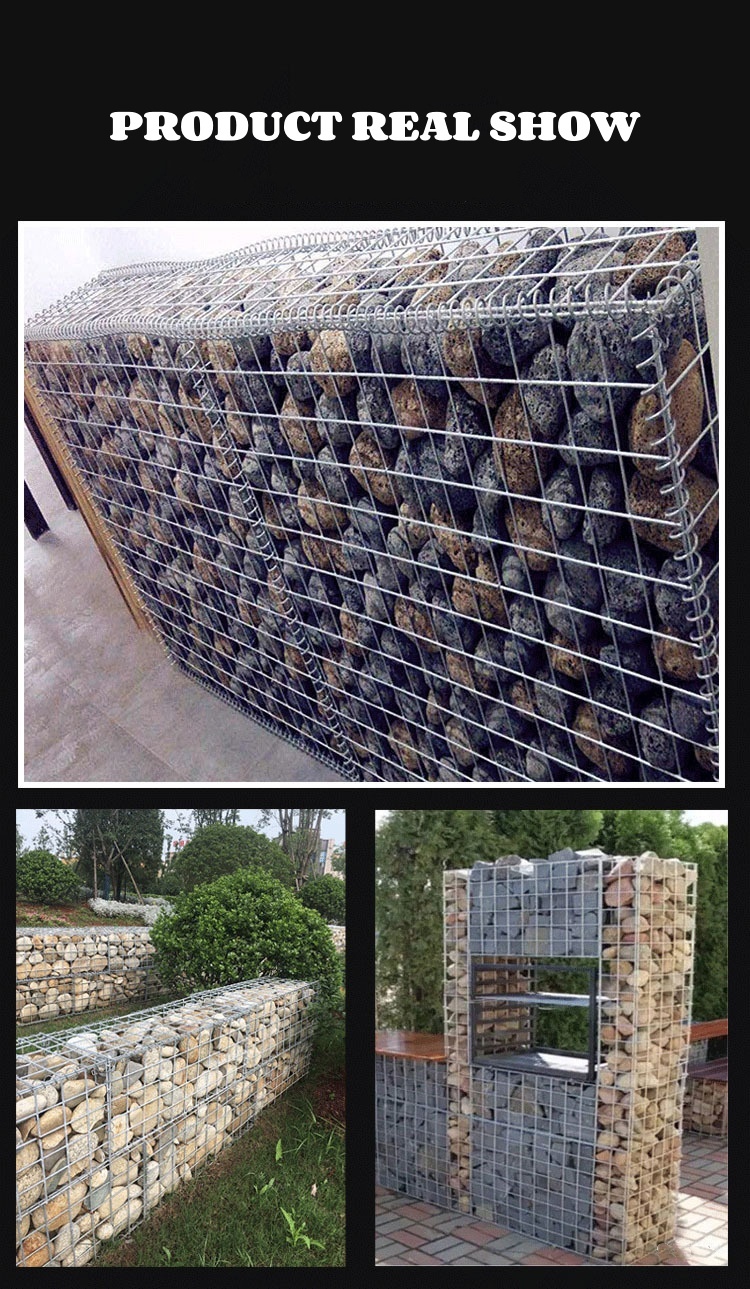
Description Of Steel Gabion Box
The ecological enhancement effect of combining gabion net with vegetation
The importance of vegetation planting: Planting suitable plants on gabion nets can significantly enhance their ecological functions. This approach can not only green the riverbank, but also promote ecological restoration.
Ecological benefits: The addition of vegetation helps stabilize soil, reduce erosion, provide habitats for various wildlife, and promote biodiversity. For example, the roots of some plants can penetrate deep into the soil, enhancing its resistance to erosion, while dense vegetation provides habitats and breeding grounds for birds, insects, and others.
IntroduceOf Steel Gabion Box


Features Of Steel Gabion Box
Sustainable Practices: Choose plants that are native to the region and require minimal maintenance, ensuring that the ecological enhancement is sustainable and in harmony with the local ecosystem.
Safety and Compliance. Always follow safety guidelines and regulations during construction and maintenance to protect both workers and the surrounding environment.
Greening and ecological restoration
Beautify the environment: The integration of vegetation not only enhances visual aesthetics, but also adds vitality to the riverbank landscape.
Soil stability and erosion control: Plant roots can fix the soil and reduce soil erosion caused by rainwater erosion. For example, in some riverbank restoration projects, planting vegetation on gabion nets has effectively reduced erosion rates.
Biodiversity promotion: Providing habitats for wildlife is one of the important ecological functions of vegetation cultivation. A diverse plant community can attract different animal species, thus forming a more complete ecosystem.
Packing Of Steel Gabion Box















































